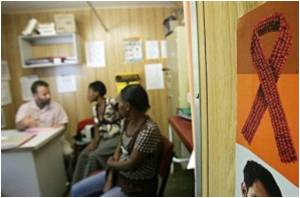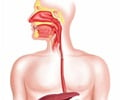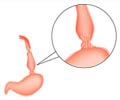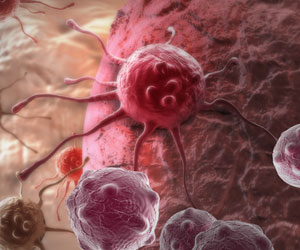Among people with AIDS, the risk of stomach and esophageal malignancies is higher than among the general population.

Persson and colleagues utilized data from the HIV/AIDS Cancer Match Study, a linkage of 15 U.S. population-based HIV/AIDS and cancer registries with data from 1980 through 2007. The study included 600,000 men and women diagnosed with AIDS, of whom 1,166 developed stomach malignancies and 240 developed esophageal malignancies.
Overall, people with AIDS had a 6.9-fold increased incidence of stomach malignancies compared to the general population. The risk was increased 70 percent for stomach carcinomas, with similar increases for proximal (cardia) and distal (non-cardia) carcinomas. The risk for stomach lymphomas was 36-fold higher.
The overall risk of esophageal malignancies was 2.7 times higher among people with AIDS than in the general population. Risk was increased 54 percent for squamous cell carcinomas, 101 percent for adenocarcinomas, and 261-fold for lymphomas of the esophagus.
Persson said that the increased lymphoma risk among patients with AIDS was expected, but the increased risk for carcinomas is a new finding. Additionally, the size of this study allowed the researchers to look at carcinoma subtypes.
Advertisement
Source-Eurekalert














